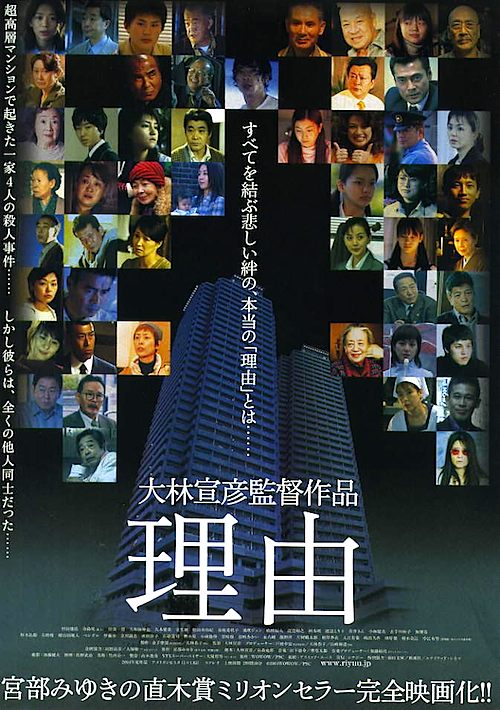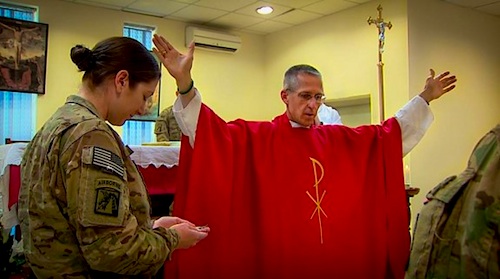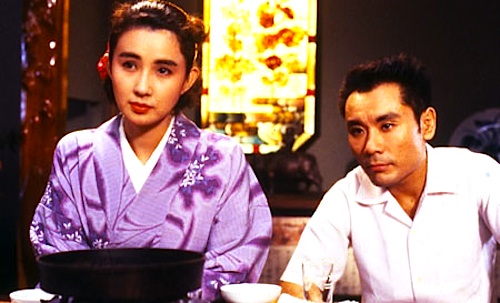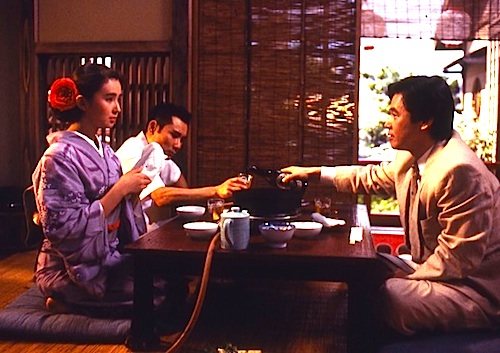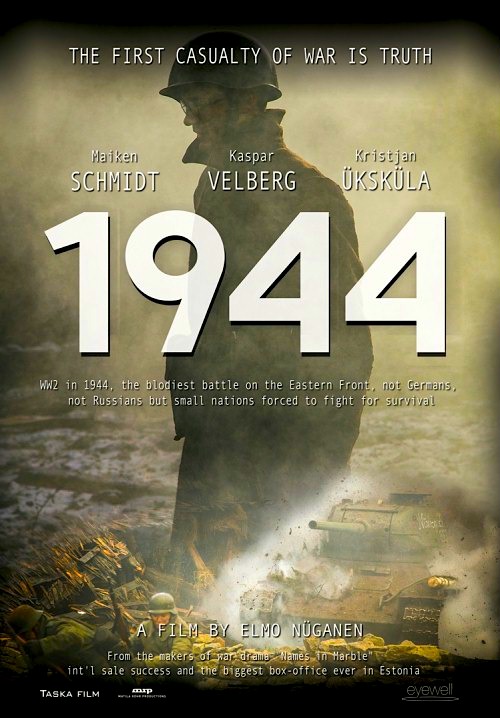
By Joe Bendel. Alex Pascall was sort of the Gil Noble of London. He is widely credited with establishing a voice for Britain’s West Indian community on mainstream radio and television. As one of the founders of the Notting Hill Carnival, he had a clear affinity for music. Pascall surveys the diverse black British musical scene in one of his best known broadcasts when he served as the host of Yvonne Deutschmann’s Let the Music Talk, which screens during the 2015 African Diaspora International Film Festival in New York.
Appropriately, Let starts with what could be considered day one of British calypso history when Lord Kitchener arrived on the HMT Empire Windrush (a British war trophy confiscated from Germany), improvising a performance of “London is the Place for Me” for Pathé News. American audiences might be surprised by the considerable time then afforded to British gospel music, but it clearly provided similar inspiration and fortification for many devout British immigrants. Deutschmann and Pascall also a good deal of spend time with the traditional Masqueraders, the Grenada Shortknee Band, who actually sound better in their rehearsal segment than during their full dress performance.
There are additional performances by the funky soul band The Real Thing, the other chart-topping quartet from Liverpool, representing the Mersey Sound and Eddy Grant, a year before he released his biggest hit, “Electric Avenue.” However, the coolest part of the film is the in-studio interview and performance with Coleridge Goode, the revered free form jazz bassist who played on seminal Joe Harriott and Michael Garrick sessions.
While it clocks in just under an hour (as you would expect of a 1981 BBC one-shot TV doc), it features some wildly groovy, catchy up-tempo performances. It is also impressive how “undated” Let feels, aside from its 1981 production values. It is a significant television music broadcast most Americans have never seen, so any fan of two or three of the assembled genres (reggae, calypso, funk, gospel) should definitely check out Let the Music Talk when it screens this Thursday (12/10) at the Bow Tie Chelsea as part of the special Black British theme program (which also includes the highly entertaining fest favorite The Story of Lover’s Rock) at this year’s ADIFF.
LFM GRADE: B
Posted on December 7th, 2015 at 12:22pm.
